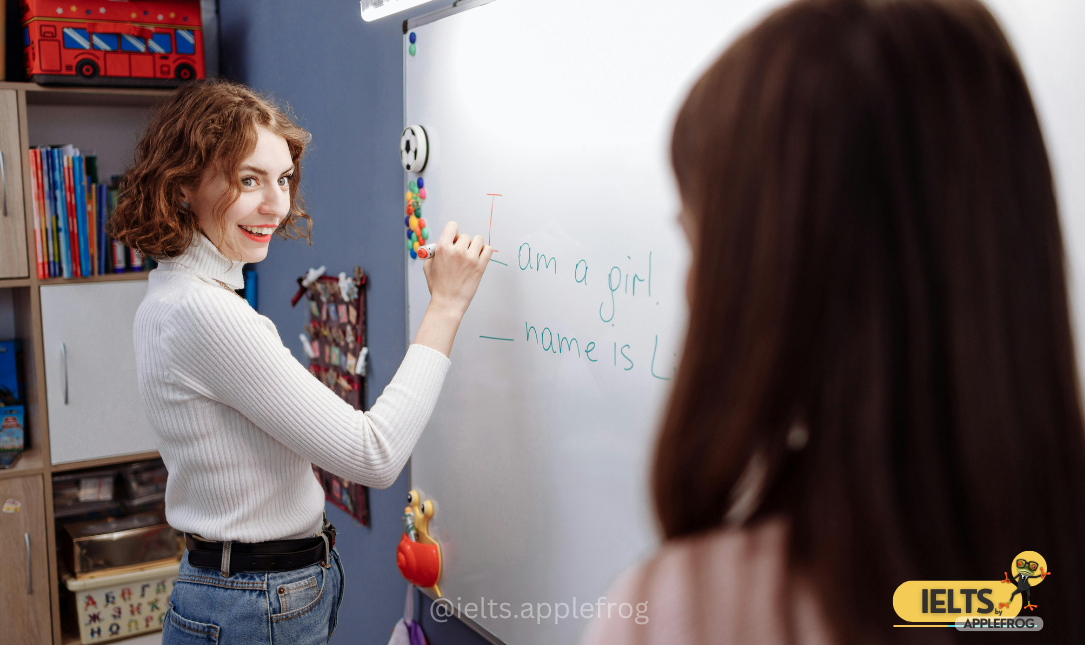
What is the Past Perfect Continuous Tense?
The past perfect continuous tense, also known as the past perfect progressive tense, is used to emphasize the duration or continuity of an action that started in the past, continued for a period, and was still ongoing before another past event or action took place.
Formation of the Past Perfect Continuous Tense
- Structure: Subject + “had been” + present participle (-ing form) of the main verb.
- Example: “She had been studying.”
Usage of the Past Perfect Continuous Tense
- Describing an ongoing action that continued up to another action or event in the past: Example: “They had been working all day before they decided to take a break.”
- Expressing the duration of an ongoing action in the past, often with a sense of interruption: Example: “He had been practicing the guitar for two hours when the power went out.”
- Referring to a continuous action that had a result or impact on the past: Example: “She was tired because she had been running for a long time.”
- Talking about a completed ongoing action in the past: Example: “I was out of breath because I had been exercising.”
Examples of the Past Perfect Continuous Tense
- “She had been studying for hours when her friends arrived.”
- “They had been working on the project for months before they finally completed it.”
- “He was exhausted because he had been running for miles.”
- “We were all wet because it had been raining heavily.”
- “I was tired because I had been working all day long.”
Time Expressions Used with the Past Perfect Continuous Tense
- Common time expressions include: “for,” “since,” “all day,” “before,” “by the time,” or a specific past period.
Example: “She had been practicing the piano for five years before she gave her first concert.”
Negative and Interrogative Forms
- Negative: Add “not” after “had.”
Example: “They had not been playing basketball.” - Interrogative: Invert the subject and “had.”
Example: “Had you been studying for the test?”
Additional Points
- Show Duration of Actions: Emphasizes how long an action had been ongoing.
- Connect Actions in the Past: Describes how one action in the past was connected to another.
- Indicate Impact on the Past: Highlights the effect of an ongoing action on the past.
The past perfect continuous tense describes actions that were ongoing in the past and continued until a specific point in the past.
The past perfect continuous tense allows us to convey the duration and continuity of actions in the past, offering clarity about their impact and relationship with other past events.
RELATED POST












0 Comments